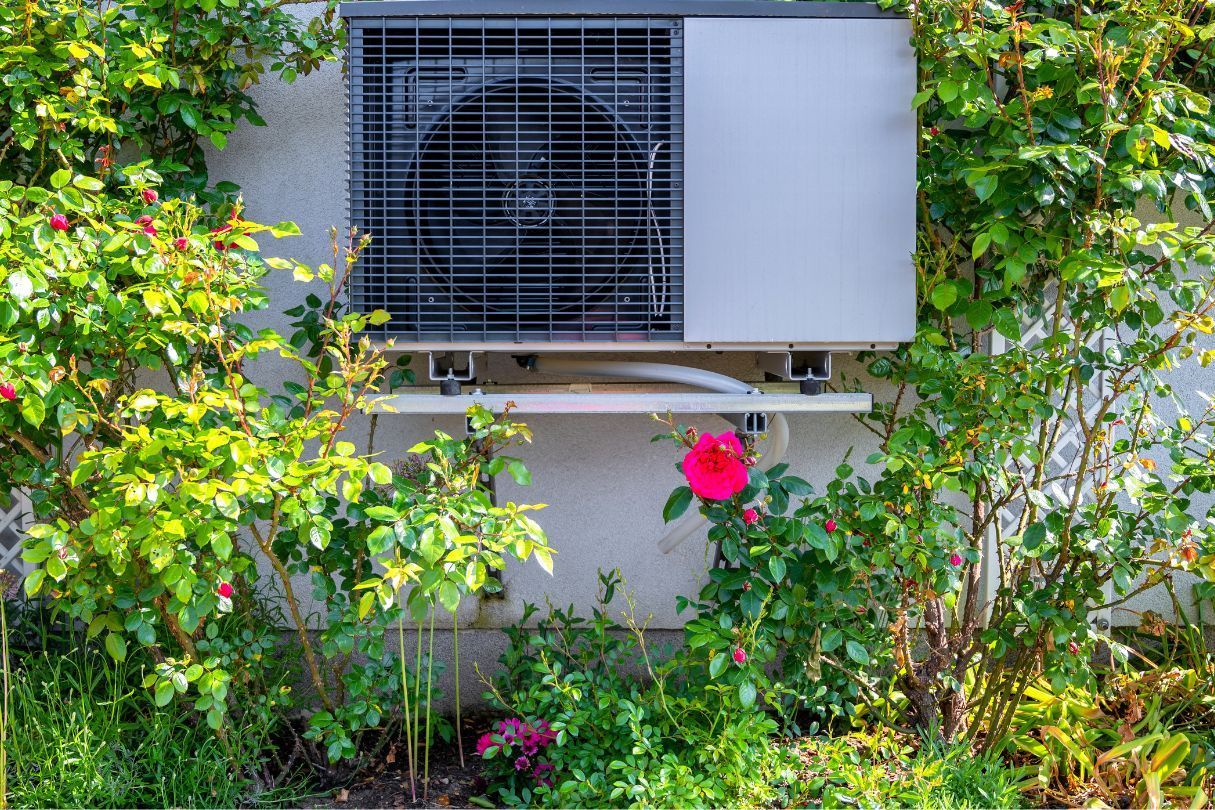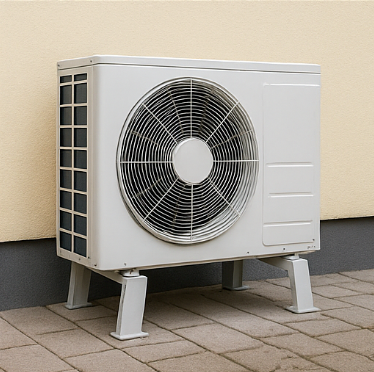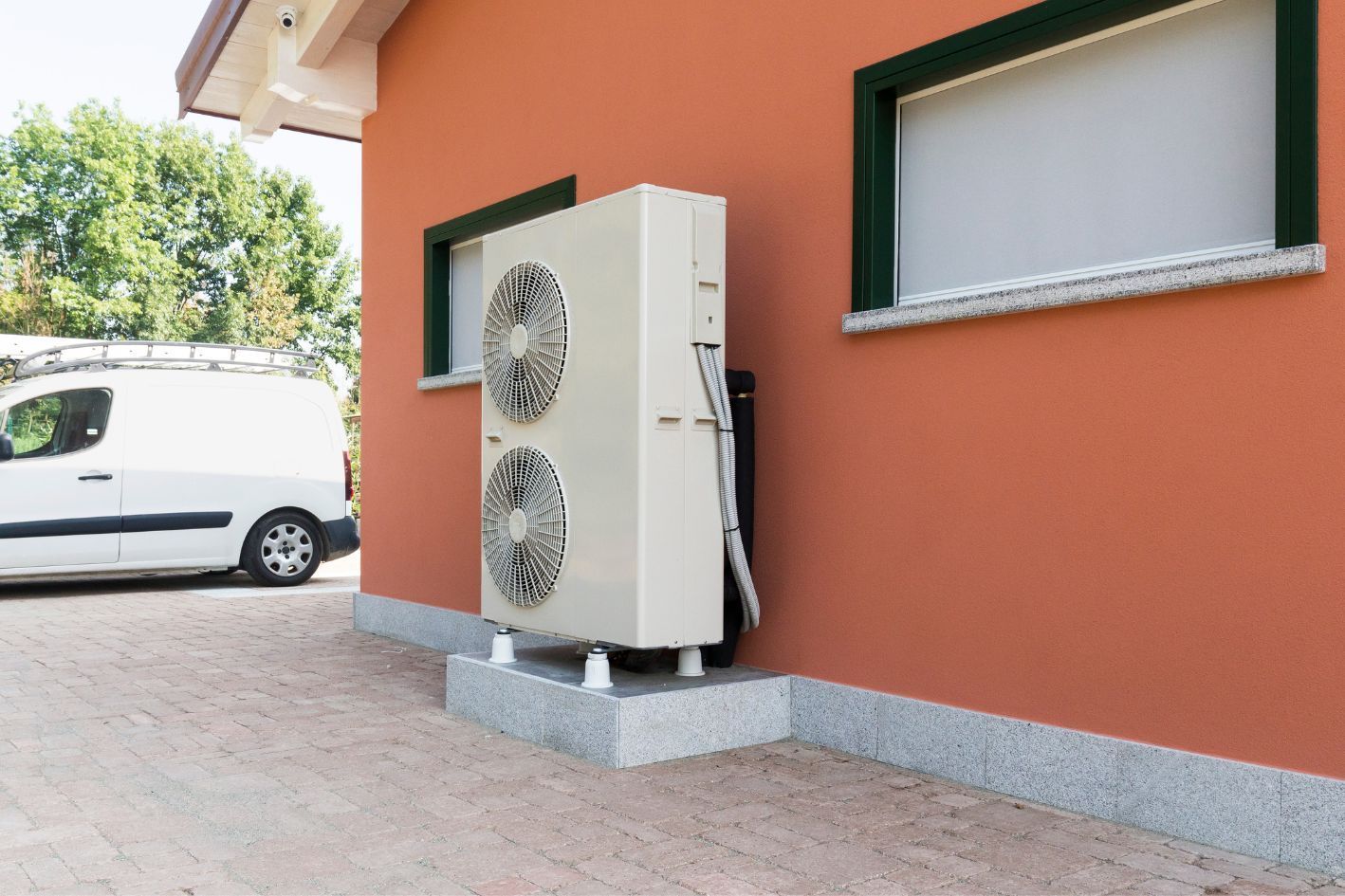Choosing the Perfect Air Source Heat Pump for Frigid Climates

Selecting the right air source heat pump for cold regions can be challenging, but with the proper knowledge, you can ensure a warm and comfortable home even in the harshest winters. This heat pump selection guide will help you make an informed decision.
When considering
cold-weather heating options,
air-source heat pump efficiency is crucial. Traditional heat pumps often struggle in sub-zero temperatures, but modern
cold-climate heat pumps are designed to operate effectively in extreme conditions. Look for models specifically engineered for low-temperature environments.
Low-temperature heat pump performance is crucial for
HVAC systems in extreme cold. When evaluating different models, consider their Coefficient of Performance (COP) at various temperatures. A higher COP indicates better efficiency, meaning the heat pump produces more heat for the same amount of electricity input.
Another factor to consider is the heat pump's defrost cycle. In cold climates, frost can accumulate on the outdoor unit, reducing efficiency. Look for models with advanced defrost mechanisms that minimise interruptions to your heating.
Size matters when it comes to
energy-efficient heating solutions. An undersized heat pump will need help maintaining comfortable temperatures, while an oversized one will cycle on and off frequently, reducing efficiency and lifespan. Consult with a professional to determine the right size for your home.
Don't overlook the importance of proper installation. Even the best cold-climate heat pump will underperform if not installed correctly. Ensure your installer is experienced with cold climate systems and follows manufacturer guidelines meticulously. This will give you the peace of mind that your system is in good hands.
Lastly, consider additional features that can enhance your heat pump's performance in cold weather. These might include built-in electric resistance heating for extremely cold days or smart controls that allow for more precise temperature management.
Understanding these features will help you to make the best choice for your home.
By carefully considering these factors, you can select an air source heat pump that will keep your home warm and comfortable, even in the coldest climates, while maintaining energy efficiency. You'll enjoy reliable, cost-effective heating throughout the winter months with the right choice.











